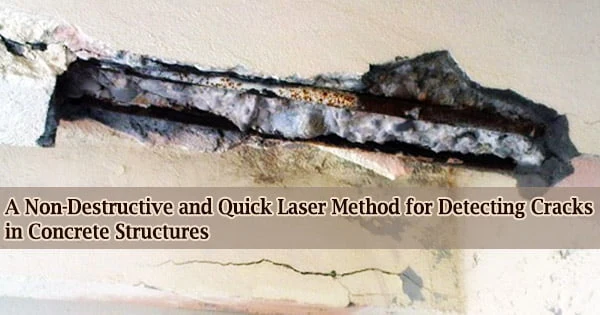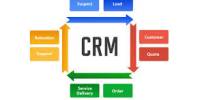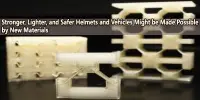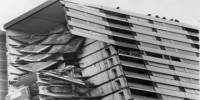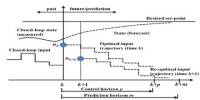Nothing is completely established in concrete, and this is true of concrete structures. When concrete constructions such as bridges, buildings, and tunnels are continually loaded over long periods of time, cracks develop that may propagate and cause structural failure.
Regular inspections are thus required to discover cracks before they become problematic. Traditionally, licensed building inspectors use an acoustic test termed the “hammering method” to find flaws in concrete structures.
However, these tests take time to complete, and the efficacy of the test is dependent on the inspector’s expertise, as with most skill-based procedures. Furthermore, as the number of aging infrastructures grows, a fast and reliable inspection procedure is essential for assuring the structure’s safe operation and long-term use.
Surface crack detection is critical for monitoring the structural health of concrete structures. If fractures form and propagate, they lower the effective load-bearing surface area of the structure, which can lead to failure over time.
Shock waves are generated near the surface of the concrete structure as an alternative inspection method. Shock waves cause vibrations in the structure, which can be examined to find flaws.
However, in such testing, shock waves that do not damage the structure must be generated. Laser-induced plasma (LIP) shock wave excitation has showed tremendous potential in this direction.
The method has been used to discover flaws in a wide range of structures, including pipes and fruit surfaces. Shock waves are created by colliding laser-generated plasma with air in this way.
The manual crack detection technique takes a long time and is vulnerable to inspectors’ subjective opinions. In the case of high-rise structures and bridges, the manual inspection can be challenging.
The advantage of using Rayleigh waves to detect defects is that fewer measurement points are necessary compared to measuring the natural mode. Additionally, the time required for defect detection can be shortened. Visualizing Rayleigh waves propagation has potential for practical detection of the configurations and defects in concrete.
Naoki Hosoya
Researchers from Japan’s Shibaura Institute of Technology and the National Institutes for Quantum Science and Technology examined the method’s effectiveness at identifying cracks in concrete structures in a recent study.
“We used LIP shock waves as a non-contact, non-destructive impulse excitation. This allows for remote and completely non-destructive detection of defects in concrete structures,” explains Naoki Hosoya, a Professor at the Department of Engineering Science and Mechanics at Shibaura Institute of Technology and the corresponding author of the study.
The International Journal of Mechanical Sciences published their findings. The researchers put a concrete block with an artificially produced fault through a shock wave generated by a high-power pulsed laser to test the novel technology.
The vibrations were then measured at several locations on the concrete surface, both inside and outside of the problem region. Rayleigh waves were found at the flaw site, according to the research.
These are surface waves that travel quicker than normal shock waves. By detecting the sites where these Rayleigh waves were reflected, the researchers were able to successfully pinpoint the defect areas.
“Defects in the concrete specimen can be detected and the location of the approximate boundary can be determined using the propagation of Rayleigh waves,” explains Prof. Hosoya.
Defects in a structure can be found considerably faster by viewing Rayleigh waves than by other telemetric methods that examine vibrations, making it a viable tool for non-destructive testing of concrete buildings.
“The advantage of using Rayleigh waves to detect defects is that fewer measurement points are necessary compared to measuring the natural mode. Additionally, the time required for defect detection can be shortened. Visualizing Rayleigh waves propagation has potential for practical detection of the configurations and defects in concrete,” elaborates Prof. Hosoya.
To summarize, using LIP shock waves to assess fractures in concrete structures is a safe and quick approach for maintaining infrastructure and preventing structural failure.
